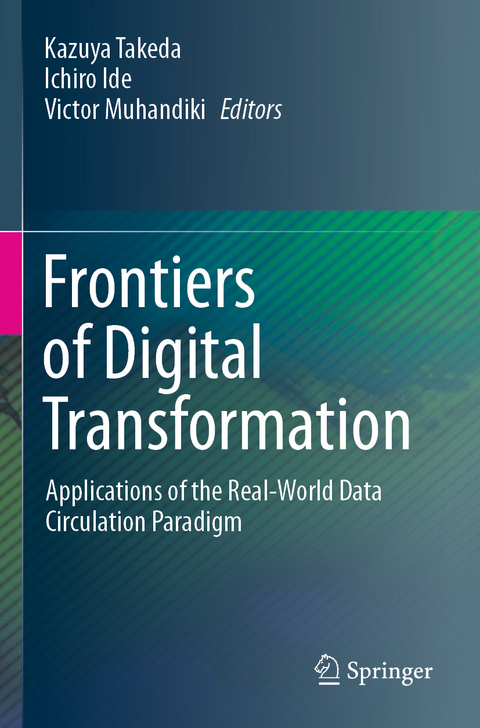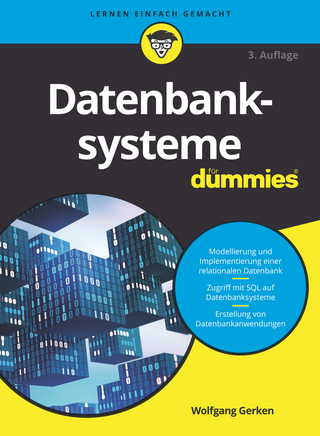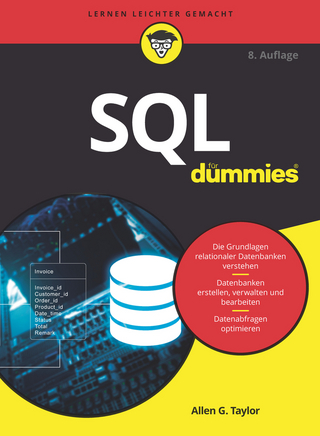
Frontiers of Digital Transformation
Springer Verlag, Singapore
978-981-15-1360-2 (ISBN)
In the real world, the speed of data transmission between computers surpassed that of human communications long ago and has since expanded exponentially. As a result, the origin of the majority of data has become non-human, mechanical, or natural sources; in fact, humans are merely the source of a small part of the current data explosion. Such expanding data transmission does not simply consist of single source–destination pairs, but actually circulates over a complex network connecting numerous sources and destinations. Such circulation is an important aspect of the underlying systems. Based on this concept, in order to tame and control the massive amount of data originating from non-human sources, the authors have been considering the insertion of acquisition, analysis, and implementation processes in the flow of data circulation.
This book introduces the outcome of the RWDC degree program organized at Nagoya University, Japan, collecting contributions from graduate students enrolled in the program from various research fields targeting diverse applications. Through examples of RWDC, the resulting creation of social value is illustrated. This book will be useful not only for those working on the topics discussed, but also to anyone who is interested in RWDC, digital transformation, and Industry 4.0.
Kazuya Takeda is a Professor at the Institutes of Innovation for Future Society, Nagoya University, Japan. He received his B.E., M.E., and Doctor of Engineering degrees from Nagoya University, in 1983, 1985, and 1994, respectively. From 1986 to 1989 he was a researcher at the Advanced Telecommunication Research laboratories (ATR), Japan. He was a Visiting Scientist at MIT, USA from November 1987 to April 1988, and from 1989 to 1995, he was a researcher and research supervisor at KDD Research and Development Laboratories, Japan. Ichiro Ide is a Professor at the Mathematical and Data Science Center, Nagoya University, Japan. He received his B.E., M.E., and Doctor of Engineering degrees from The University of Tokyo, Japan, in 1994, 1996, and 2000, respectively. From 2000 to 2004, he was an Assistant Professor at the National Institute of Informatics, Japan, and from 2004 to 2019, he was an Associate Professor at the Graduate School of Informatics, Nagoya University, Japan. Since 2020, he has been in the current position. From 2010 to 2011, he was a Senior Visiting Researcher at the University of Amsterdam, The Netherlands.. Victor Muhandiki is a Designated Professor at the Institutes of Innovation for Future Society, Nagoya University, Japan and also a Senior Researcher, International Lake Environment Committee Foundation (ILEC), Japan. He received his BSc. (Civil Engineering) degree from the University of Nairobi, Kenya in 1993, M.E., and Doctor of Engineering degrees from Kyoto University, Japan in 1997 and 2001, respectively. Over the past 20 years he has worked in the higher education field in Japan in various capacities. He has also been involved in international development work in the environment and water sectors and has traveled widely in Africa and Asia for research, field surveys and official missions and has consulted for various agencies including the Global Environment Facility (GEF), Japan Bank for International Cooperation (JBIC), JapanInternational Cooperation Agency (JICA), Organisation for Economic Co-operation and Development (OECD), World Bank (WB), and World Bank Institute (WBI).
Chapter 1: Introduction to the Real-World Data Circulation Paradigm.- Chapter 2: A study on environmental sound modeling based on deep learning.- Chapter 3: A study on utilization of prior knowledge in underdetermined source separation and its application.- Chapter 4: A study on recognition of students’ multiple mental states during discussion using multimodal data.- Chapter 5: Towards practically applicable quantitative information flow analysis.- Chapter 6: Research on high-performance high-precision elliptical vibration cutting.- Chapter 7: A study on efficient light field coding.- Chapter 8: Point cloud compression for 3D LiDAR sensor.- Chapter 9: Integrated planner for autonomous driving in urban environments including driving intention estimation.- Chapter 10: Direct numerical simulation on turbulent/non-turbulent interface in compressible turbulent boundary layers.- Chapter 11: Efficient text autocompletion for online services.- Chapter 12: Coordination analysis and term correction for statutory sentences using machine learning.- Chapter 13: Research of ICT utilization for consideration of town scape.- Chapter 14: Measuring efficiency and productivity of Japanese manufacturing industry considering spatial interdependence of production activities.
| Erscheinungsdatum | 30.05.2022 |
|---|---|
| Zusatzinfo | 105 Illustrations, color; 38 Illustrations, black and white; IX, 239 p. 143 illus., 105 illus. in color. |
| Verlagsort | Singapore |
| Sprache | englisch |
| Maße | 155 x 235 mm |
| Themenwelt | Mathematik / Informatik ► Informatik ► Datenbanken |
| Mathematik / Informatik ► Mathematik | |
| Schlagworte | Data acquisition, analysis, and real-world implementation • Digital transformation • Human resource development for Digital Science • Real-World Data Circulation • Society 5.0 |
| ISBN-10 | 981-15-1360-0 / 9811513600 |
| ISBN-13 | 978-981-15-1360-2 / 9789811513602 |
| Zustand | Neuware |
| Informationen gemäß Produktsicherheitsverordnung (GPSR) | |
| Haben Sie eine Frage zum Produkt? |
aus dem Bereich


